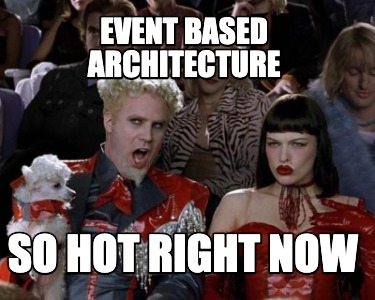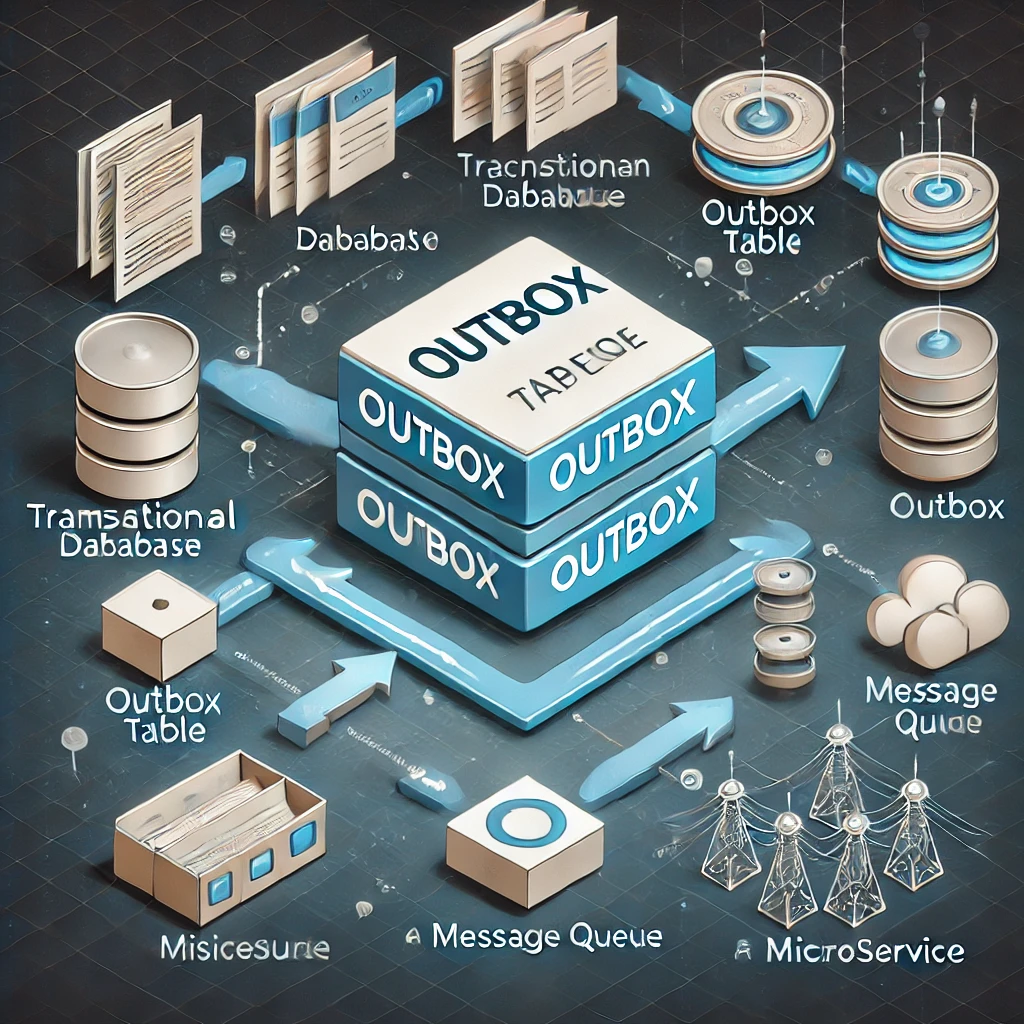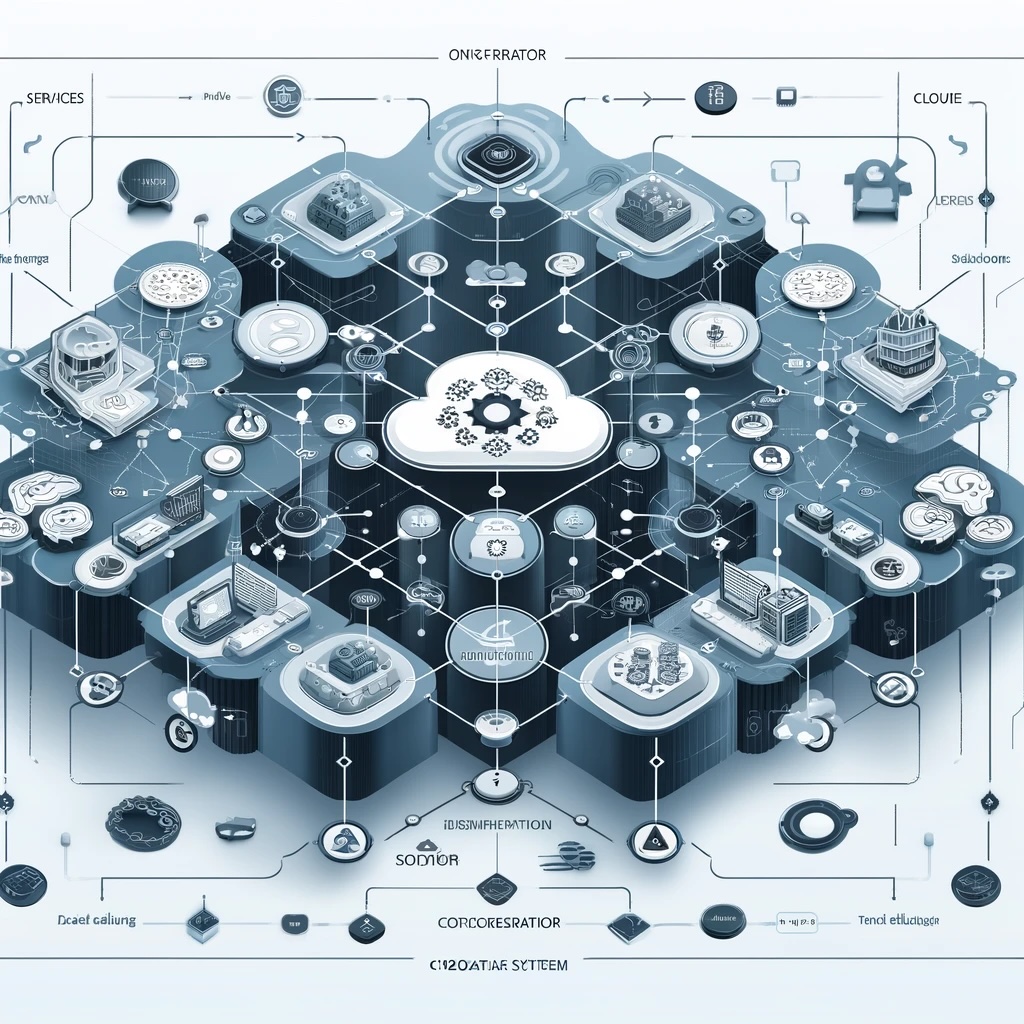Understanding Event-driven Architecture - Terminology and Implementation Differences
EDA - Key Concepts, Approaches, and Better Practices for Modern Systems
Event-driven Architecture (EDA) is a paradigm shift in designing and building systems that respond to events or changes in the state of an object. As more of these systems come online, understanding EDA terminology and implementation patterns becomes increasingly important for architects and developers. This blog post aims to clarify...
[Read More]




